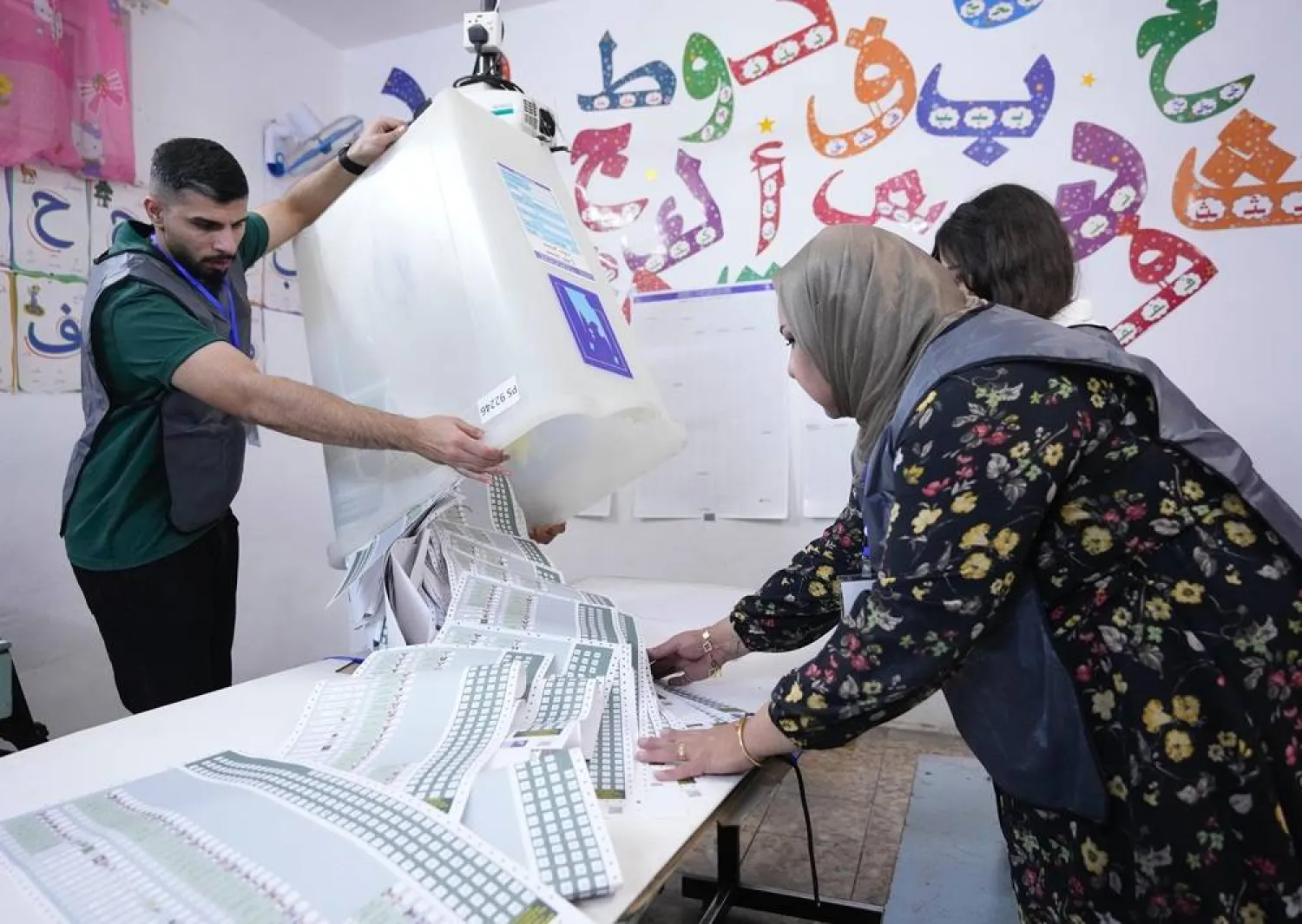Twelve years after his famous selfie with then-German Chancellor Angela Merkel, Anas Modamani, one of Germany’s most well-known Syrian refugees, appears at ease in his adopted homeland.
At the time, Modamani had no idea who Merkel was when he snapped the photo during her visit to the asylum center where he was staying. Today, however, he feels as deeply connected to Germany as he does to his homeland, Syria.
Modamani, like many Syrians who fled to Germany after the 2011 uprising, faces a tough decision: stay in Germany or return to Syria.
With hopes of a post-Assad era, Modamani, originally from Daraya near Damascus, plans to visit his family in Syria and help rebuild their home.
“I want to split my time between Germany and Syria and start projects in both countries,” he told Asharq Al-Awsat.
“Damascus is the most beautiful city on earth, but I love Germany, and Berlin is my second home.”
Modamani has fully embraced life in Germany, learning the language, gaining citizenship, joining the workforce, and building a relationship with Anna, a Ukrainian woman.
His German passport makes it easier to plan trips back to Syria without worrying about losing his residency or legal status in Germany.
Modamani is among nearly 260,000 Syrian refugees who have obtained German citizenship. However, more than 700,000 Syrians in Germany remain on asylum or temporary protection permits—status that could be revoked if conditions in Syria improve.
The shifting situation in Damascus has left Syrian refugees and German authorities in limbo. Decisions on 47,000 migration applications from Syrians have been paused as officials wait for more clarity.
Germany’s asylum policies were based on fears of war and persecution. With those fears easing after the fall of Assad, the legal basis for granting protection may no longer exist.
The uncertainty has sparked political debate. Some politicians, including Social Democrats in the ruling government, have called for changes to asylum rules.
Interior Minister Nancy Faeser suggested keeping refugees who are integrated or employed while deporting others.
Talk of deporting Syrian refugees in Germany seems tied to the upcoming February 23 elections.
While temporary residency permits can be revoked, Syria must first be declared “safe and stable” by the Foreign Ministry—a process that could take years.
Even with delays in Germany labeling Syria “safe,” most Syrian refugees show little interest in returning. Before Assad’s fall, 94% said they wanted to stay, according to the Federal Office for Migration and Refugees.
The longer refugees live in Germany, the stronger their ties become. Many arrived over five years ago, with some having spent a decade in the country.
Siamand Osman, a Syrian Kurdish refugee from Qamishli, has been in Germany for 11 years. He learned the language, gained citizenship, and built a life, even though most of his family remains in Syria. For now, he has no plans to go back.
Osman told Asharq Al-Awsat that the situation in Kurdish areas of Syria is still unstable.
“I want to return—my family is there—but I hope all sides in Syria can agree and bring peace to our region,” he said.
Osman’s biggest fear is the return of war.
“Imagine leaving everything behind, selling my belongings, and going back to Syria, only to have the war start again and force me to flee once more,” he says. Despite this, he is determined to return when the situation improves.
Economic instability is another key factor contributing to Syrians’ reluctance to return home. Alaa Muhrez, who arrived in Germany in 2015, explained that the economic situation in Syria plays a significant role in her decision.
She told Asharq Al-Awsat that she “rebuilt her life from scratch.”
After learning the language and training in her profession as an accountant, Muhrez is now working in her field and has gained German citizenship.
Despite her strong optimism for Syria’s future, Muhrez, originally from Homs, remains cautious about the situation there and the country’s potential trajectory in the coming years.
She fears leaving her job and home in Berlin, only to return to Syria and struggle to find suitable employment.
For Syrian families, the decision to stay or return is even more difficult. Many arrived with children who have forgotten Arabic and spent years learning German.
Anas Fahd, from Sweida, came to Germany almost three years ago with his family and teenage son. He still holds a temporary protection permit and works as an electrical engineer.
“It’s too early to decide about returning,” Fahd told Asharq Al-Awsat. His son has been learning German for a year and is doing well in school in Berlin. “It would be hard to send him back to Syria, where he’d have to waste another year relearning Arabic.”
Even newcomers like Basel Hussein, who arrived in Berlin on the day Assad fell, have no plans to go back. Hussein, who paid over 13,000 euros to be smuggled into Germany, says he won’t return now.
“The situation is still unclear with new decisions every day,” Hussein said. “I’d rather start fresh in Germany than return to an uncertain future in Syria.”
It’s not only Syrians who are hesitant to return—many Germans worry about losing a key part of the workforce, especially those filling important roles.
Over 5,000 Syrian doctors work in German hospitals, making them the largest group of foreign doctors. Many others work in sectors with labor shortages, like nursing, construction, and hospitality.
It takes an average of seven years for Syrians to enter the labor market as they learn the language and validate their qualifications. Syrians are filling vital roles, but unemployment remains high, particularly for women.
Unions representing doctors and workers have warned against calls for quick deportations, fearing it could harm the labor market.
Manfred Lucha, health minister in Baden-Württemberg, where many Syrian doctors work, warned that if they leave, it would create a huge gap in the healthcare sector. The state’s hospital association also said losing Syrian healthcare workers would be a significant blow.









